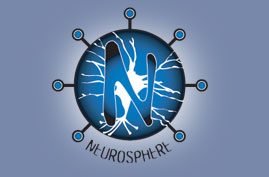Wholeness, Ancient and Modern
Wholeness and Virtual Communities
Pir Vilayet Inayat Khan died this year. Pir Vilayet brought the teachings of Sufism, the contemplative, mystical branch of Islam, to the West. He founded the Omega Institute, a “holistic” learning center whose name comes from Teilhard’s concept of the Omega Point. He talked about the institute resurrecting the aims of the ancient library of Alexandria, the compendium of all known knowledge at the time. Years ago, Internet pioneers had the idea that the Interent had the potential to be a mechanism for such an ambitious project of wholeness. Today advocates of online encyclodpedia Wikipedia harbor similar ambitions.
“Omega will be a global center for the development of human potential.”
http://www.eomega.org/
www.alexandria.ucsb.edu
http://en.wikipedia.org/wiki/Main_Page
